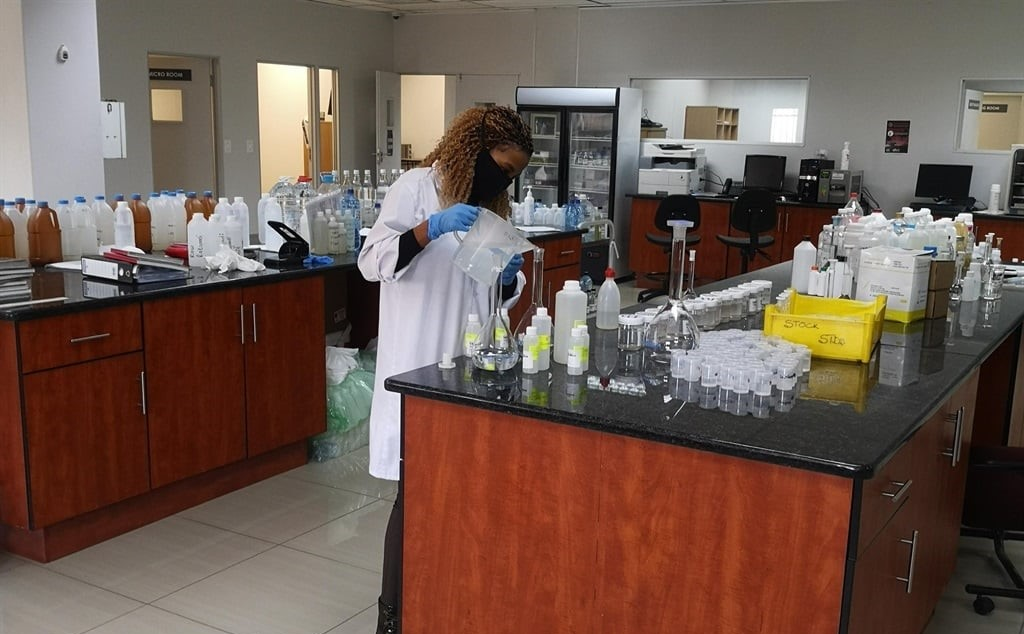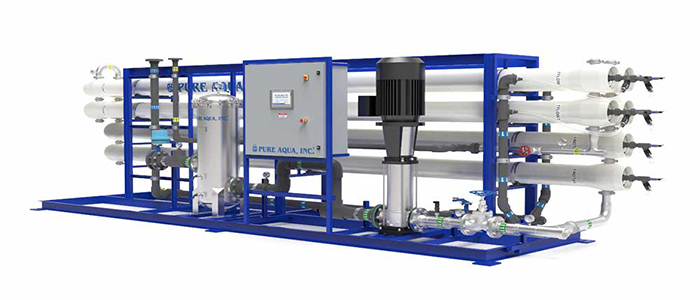
Water source, location, and testing frequency all play a role in determining water quality. Physical qualities, including taste and smell, indicate water quality, but other, less obvious elements exist. Many pollutants from outside sources seep into the water supply and may not be adequately filtered before reaching your tap. The following are some of the telltale signs of water contamination:
- There is no flavor at all, possibly fishy or metallic
- Sulfur or chlorine odor, which is unpleasant
- Seawater that is hazy or contains particles suspended in it
You should find out what’s in your tap water, think about having it tested at home, and figure out another way to stay hydrated daily for any of these signs.
Numerous factors contribute to the degradation of the quality of water. Global warming, fuel spills, industrial and agricultural operations, wastewater and sewage discharges, fishing, and shipping contribute to water contamination.
 Here’s how to find water quality in your area
Here’s how to find water quality in your area
Monitoring, accessing, and understanding water quality indicators and their primary parameters is important to meet standards. Water temperature, bioindicators, dissolved oxygen, turbidity, pH, and nitrate chemicals are the six leading water quality indicators. This, in turn, includes a wide variety of physical, chemical, and biological characteristics. Professionals collect samples to evaluate and track water quality. This information provides crucial clues about pollution levels and deviations from typical behavior patterns.
Bioindicators
The amount of microalgae in water is a bioindicator that will help track an ecosystem’s state. These species, which include bacteria, plankton, plants, and animals, are a great way to gauge the water’s cleanliness and a natural sign of pollution. This is because they are organic and occur naturally in the ecosystem.
A number of environmental variables affect bioindicators, such as temperature, water, light, and the concentration of suspended water particles. If we want to know how our actions affect our natural ecosystems, one way to do that is to look at how bioindicators have changed over time.
Water temperature
Many aquatic creatures have very particular temperature and pH requirements for survival, so water temperature is also a good measure of water quality. Water temperature similarly impacts other water quality indicators, such as dissolved oxygen and organism susceptibility to contaminants, diseases, and parasites.
Another consideration is the time of year since seasonal changes bring noticeable temperature shifts.
pH scale
The pH scale is a logarithmic measurement of alkalinity that shows how basic or acidic a body of water is. A scale ranging from 0 to 14 helps to express the pH value. The more basic the water is, the lower the number, which indicates the acidity level. Seven is considered to be neutral.
What factors influence the change in water pH? Some factors include accidental spills, car pollution, acid rain, farm runoff, and sewer overflows. Aquatic life, fish, and water are vulnerable to drastic shifts in pH levels, making this another important measure of water quality.
Dissolved oxygen
The presence of oxygen in water is fundamental for all living things. When oxygen levels are incredibly high, things can get dangerous for aquatic life-support systems. For this reason, it is crucial to monitor the dissolved oxygen concentration, or the amount of oxygen accessible to marine life. One important measure of water quality in lakes and streams is the amount of dissolved oxygen. Temperature and the presence of specific microorganisms are just two factors that affect the amount of dissolved oxygen in water.
Nitrates
All living things rely on nitrogen for their essential nutrients. High nitrate concentrations can result from algae blooms, decreased dissolved oxygen levels, and fish and other aquatic life mortality. Agricultural activity, industrial contaminants, and animal and human waste runoff frequently cause these. Humans also suffer from the negative effects of high nitrate levels. Therefore, health promotion efforts and marine life protection depend on monitoring nitrate levels.
Steps to overcome bad-quality water in your area
- Find any impurities in your water supply by inspecting it.
You must determine whether your water is of poor quality before you can consider a solution. Examining the water is a good place to start, and certainly, a simple inspection isn’t hard to do.
When unsure, always ask yourself these questions: Does it have any silt? Does it smell, look, or taste strange?
Alternative inspection means can be employed if you prefer not to taste or smell it. Find out if it’s discoloring your clothing, kitchenware, or home fixtures.
Naturally, there will be instances when neither sight nor smell are available. But the water may still be quite microbially rich. Here, having your water analyzed by an expert is your only option.
- Obtain accurate data.
It is always wise to know the source of your drinking water, no matter where you reside. Does the municipality supply the water? Is it your well that supplies it, though? Monitoring this can teach you a lot about your water quality and whether or not it’s safe to drink.
For example, information on the quality and reports about contaminants are much easier to obtain if your water originates from a public source, such as your municipality’s water reservoirs. Importantly, unless someone gets sick or the water is odd in its properties, you don’t need to do anything major to have the municipal water analyzed. The plumbing is the culprit here.
But if your water comes from a private well, it could be difficult to determine where and what kinds of impurities might be in it. Even though it seems like a natural well, it might be linked to another groundwater pocket containing heavy metals. Therefore, you might begin by conducting some independent research. The city’s water board can provide relevant information about the water bodies in your city.
But you can always buy a DIY water testing kit or employ a lab specialist if you’re busy or don’t have the time to figure it out.
- Do a water test.
You must not skip this step. There is no way around having your water tested if you discover a problem. In particular, if you notice a noticeable shift or the smell is too strong.
Even heating the water before drinking won’t solve this problem. Hiring a specialist to test the water is best to determine what to do next. Extreme changes in water quality should prompt you to seek the assistance of a competent laboratory. The lab will dispatch experts to gather water samples. They will then test for toxins to determine the water’s safety for human consumption.
But there’s no need to worry if you want to get a water purifier. A professional from a reputable water purifier company will run some basic tests to ensure the water is safe to drink. The water board is another resource that you have at your disposal.
If you notice a chemical smell or a noticeable change in color, you should only contact the water board or a laboratory in emergencies. A water purifier can handle low levels of total dissolved solids and sediments.
- Invest in a water purifier.
Depending on a water purifier to eliminate impurities is the best option when dealing with water quality issues. But if the pollutants are few, boiling the water should be enough. Of course, you’ll need to set aside a good chunk of time each day to bring the necessary water to a boil.
 However, water treatment equipment will be necessary if heavy metals, unpleasant smells, sediments, rust, or other harmful substances are present. Potable water bottles or cans are one alternative, although none of these options is safe or sustainable.
However, water treatment equipment will be necessary if heavy metals, unpleasant smells, sediments, rust, or other harmful substances are present. Potable water bottles or cans are one alternative, although none of these options is safe or sustainable.
Thorolastic cans may appear a cheap alternative, but the water inside does not originate from a reliable source. Your carbon footprint can be greatly increased if you often use single-use water bottles. Additionally, a seal on a bottle does not guarantee it is clean and risk-free.
Conclusion
Water quality is a significant factor in preserving the delicate balance within ecosystems. The water quality directly affects the health of the microbes, animals, and plants in water ecosystems, whether small streams or vast seas. Healthy water systems provide crucial habitats and resources and increase biodiversity.
Water quality monitoring has exciting potential in the future because of ever-improving technologies. Integrating big data analytics, machine learning, and AI may make more precise trend predictions of water quality possible. This would allow for proactive decision-making to protect human health and aquatic ecosystems.
Express Water Solutions now provides a number of digital tools that will help improve water quality. These tools provide you with access to accurate and reliable real-time data. Additionally, you get processed and analyzed data, which lets you make decisions quickly.
